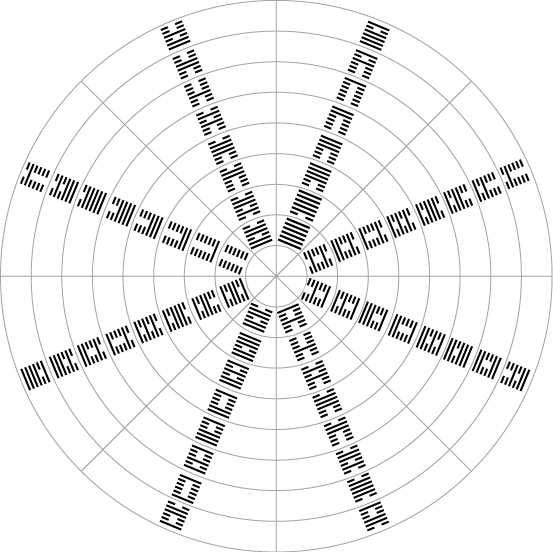Warren Kinston
25. March 2013 12:00
This map that I call the Taxonomy of Human Elements in Endeavour, THEE, is still incomplete and poses many puzzles.

The taxonomy was a surprise discovery. I knew I wanted to find a way to help people and improve their relationships, work life and communities. And I soon found that I had to get to grips with psychosocial reality. This was because it became rapidly apparent that what people happen to think and feel has an amazing influence over what they do. Fitting in with reality, objectively or at least independently perceived, was a relatively low priority. Often, it only happens if a psychosocial process is crafted with this end in mind.
In trying to assist, I found More...
About
Warren Kinston
Warren Kinston
3. March 2013 10:00
Warning: This blog is a human story but it has a lot of references to taxonomic architecture.
I know that I can never complete the Taxonomy myself, but it seems important that I get the basics sufficiently clarified so that others can continue and complete the work. In that regard, I recently had an interesting and gratifying experience that I would like to share with you.

When I talk about «basics», there are two sorts of «basic»: basic principles (not the focus of this blog), and basic content. In terms of content, the underpinning forms to be discovered and formulated are the single Root Hierarchy, the 7 Primary Hierarchies and their 7 Principal Typologies. From these 15 patterns, a couple of hundred frameworks await reflective investigators. (I promise myself that I will use the TOP Studio to provide members with an exact count.)
The Principal Typologies are of enormous importance because More...
About
Warren Kinston
Warren Kinston
23. December 2012 12:00
Christmas is time for some philosophizing. When I ask whether THEE is spiritual, I mean apart from containing spirituality-related entities as taxonomic elements (as explained in my last blog).

Answer: Yes, in a way. So let's now look at that way.
A taxonomy uses categories to order what exists within a particular field. Until there is taxonomic clarity, it is very difficult to make sense of a field. You don't know what's there and you don't know what it's like. Try imagining chemistry without knowing the chemical elements or the periodic table.
The field of THEE is one part of how people get on in life. Getting on in life has two parts, the biologically determined and instinctual realm, and the psychologically determined and creative realm. You and I are creative in so far as psychosocial reality is concerned. Or I should say that we are potentially creative. It is certainly possible to live largely in a zombie-like fashion, embrace conformity, and when in doubt herd, imitate and defer to others. Probably such a person More...
About
Warren Kinston
Warren Kinston
16. December 2012 14:00
It's the season of goodwill.

But where does goodwill come from? It's not in a microprocessor or accessible via a software command. It must emerge from that strange but familiar entity: the human spirit.
It is possible that the discovery of a taxonomy of human elements, THEE, represents some sort of strange convergence between scientific and spiritual traditions. I would like to explore that in this blog and the next.
I claim that my taxonomic inquiry is scientific because I draw on the common features and values that are traditionally associated with the scientific method. For example, I emphasize empirical study (even if the focus is a metaphysical realm). I also appeal to logical analyses and rationality. I actively seek validation and testing. I uphold consistency and coherence as virtues. And I positively welcome debate and criticism of formulations. I do not claim to perfection in these matters, but they are my beacons and primary criteria.
I also find myself having to recognize that the process is spiritual because More...
About
Warren Kinston
Warren Kinston
22. September 2012 18:00
Aware living is what humanity's future must be about. The alternative is to live like a robot, to operate under orders, to be a slave to an ideology.

One the hardest things to be aware about are paradoxes. It can be tricky to be constructive when handling opposites that are simultaneously true. These show up in the Taxonomy as «dualities», and they rank with hierarchies as the most important primary structure within the THEE. In starting to review these systematically, I ran into an issue that I want to share.
It is about the difference between my experience-based approach and Ken Wilber's philosophical approach, called Integral Theory.
Ken Wilber started writing about levels of consciousness, but soon added to this a quadrant structure based on two universal opposites (dualities): interior v exterior, and individual v collective. However, you should note that these are conceptual distinctions. In Wilber's own words, he is providing a theory of consciousness. It's such a big theory, and so unfalsifiable, that it is a philosophy. It can be argued about—if you have that sort of ability.
By contrast, the taxonomy that I call THEE, is not a theory at all. Aware living relates to your own experiences—this includes your ideas but it has nothing to do with conceptual sophistication. Aware living is about More...
About
Warren Kinston